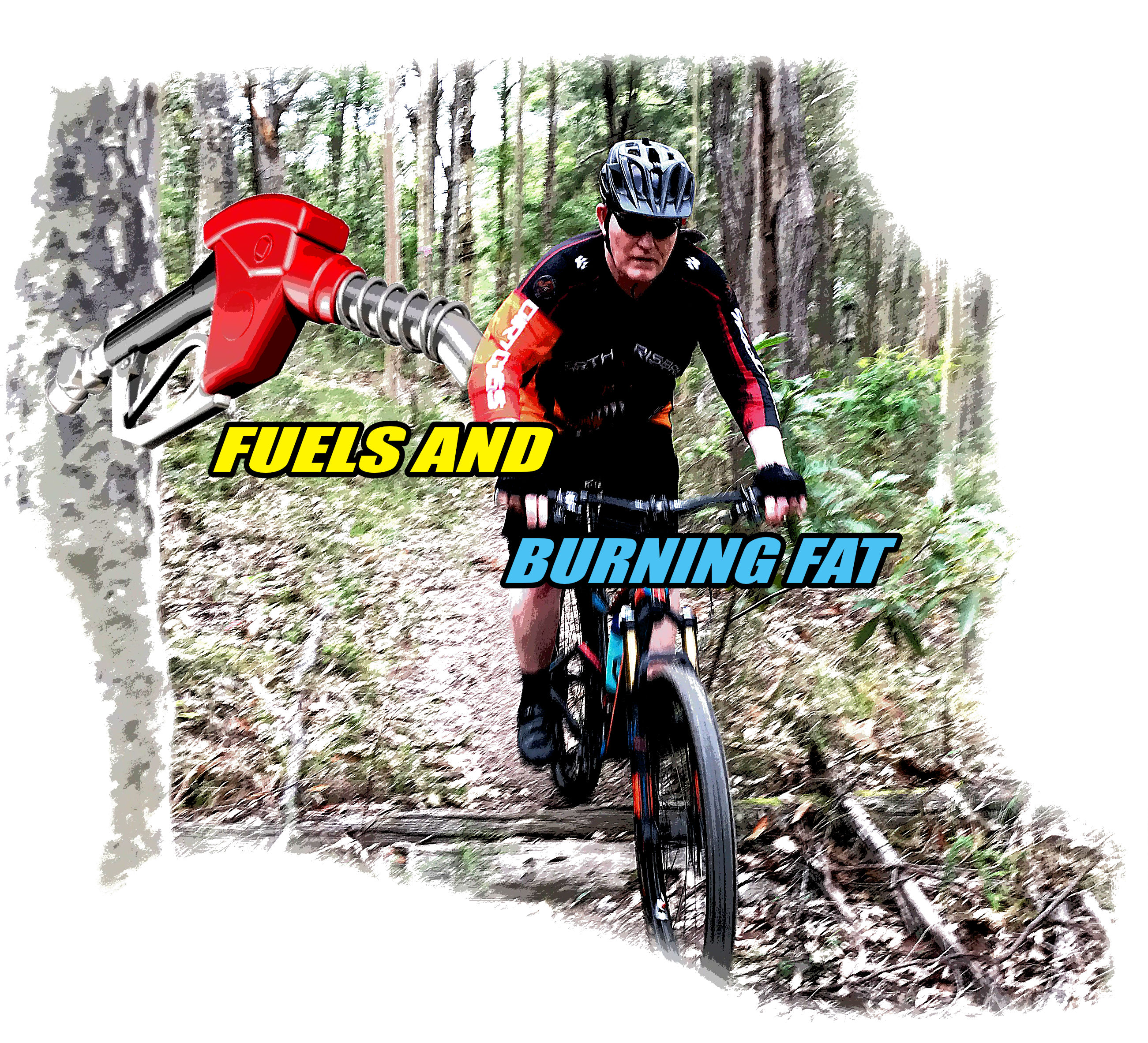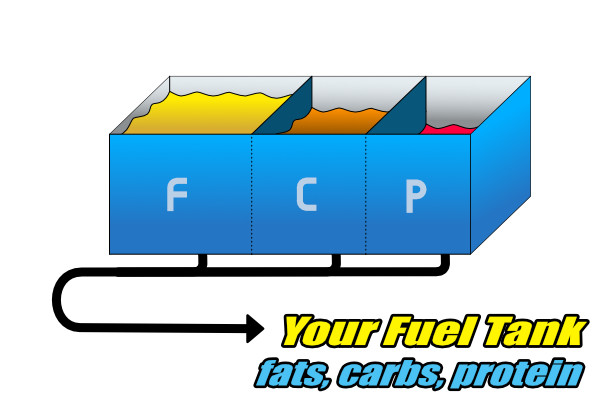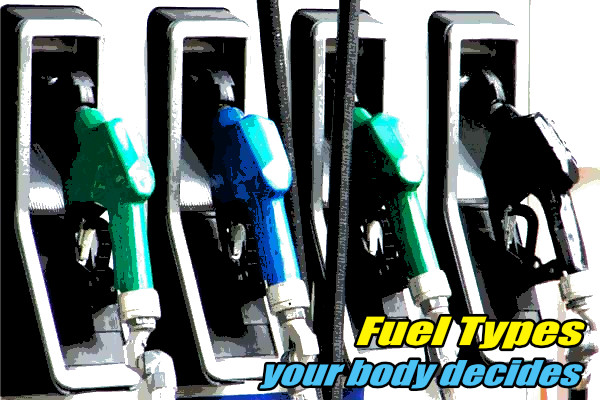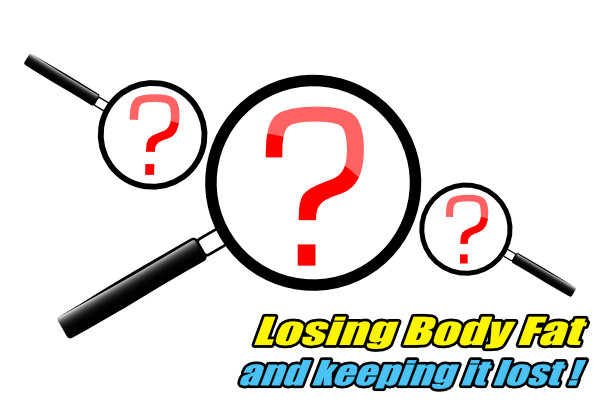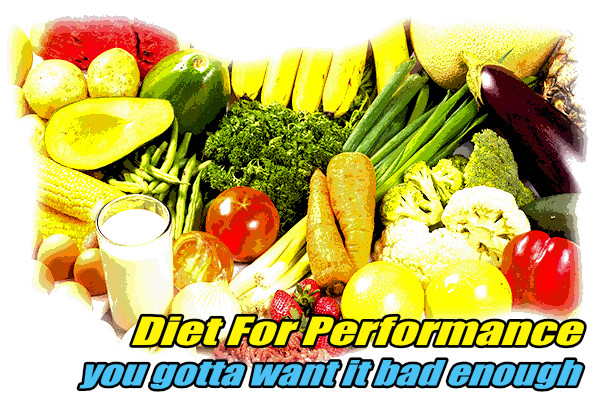Our previous article dealt with body weight and how it affects our riding. We delved into being overweight versus slim, and various aspects of that for the mtb rider. This article will be symbiotic to that article as we look a little into not just fats, but also sugars, carbohydrates and some nutrition as we explore ways and reasons to burn fat fast.
Your fuel tank
Let’s start by briefly looking at what fuels our body uses during exercise. Our body draws on several sources of fuel to keep our systems running. Which source it chooses depends on the demands we are putting on our body.
We think of fat as a bad thing but our body needs some ‘good fats’ for a few reasons including our moderate exercise efforts. We associate carbohydrates with putting on weight but we need carbs when we start to rev up on the bike. Our body will even call on protein as a fuel at times but this is in small amounts and usually for short periods.
So then, we can think of our fuel tank as being divided into three compartments; fat, carbs and protein.
Once we actually consume these sources of energy they are converted into glycogen, a chemical fuel, and we can only store a limited amount of energy in our body.
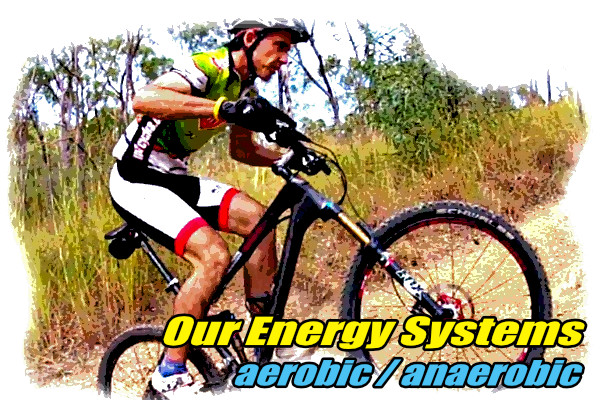
Our energy systems
Our body has three energy systems it utilises depending on the exercise effort we are asking from it. These systems range from rest through to extreme effort and are described as Aerobic, Anaerobic and ATP (a secondary form of our Anaerobic system). Our body may choose to use one or more of these systems at a time creating an overlap. Essentially, as your effort rises, you don’t just step from one energy system to another. Its more of a transition.
Our Aerobic system
Our Aerobic system is in use when we are just cruising or starting to put in that extra effort. We may know we are using energy, and the going might even be getting a little hard. At this point in our exercise effort, we have enough air from our lungs getting into our blood and then muscles that we can still talk comfortably without gasping every few words. For those using a heart rate monitor, this usually around 60 – 80% of our max heart rate (MHR). Our body is drawing as much as around 80%+ from the fats compartment for fuel. Aerobic exercise is beneficial to our stamina, endurance and cardiovascular system.
Our Anaerobic system
Our Anaerobic system kicks in when we are depleted of air. Now our effort is hard enough that talking is difficult and we are indeed gasping for air every few words. Again, for those using heart rate monitors, we are pushing well into our 80 – 95% MHR now. For this effort our body switches to using more carbs than fats, perhaps as much as 70% carbs. It may also rely on a small amount of protein as well. Anaerobic exercise is beneficial to strengthening your bones and muscles as well as extending your ability to keep going at harder efforts for longer periods of time.
Our ATP system
Our ATP system (sometimes referred to as our Phosphate or Phosphagen system) is for absolute maximum effort. Think of running in one spot as fast as you possibly can and then your coach yells at you to go faster, and you do. At this level of exercise, it is not possible for energy to be delivered from food to cell. It must be captured immediately and biologically. At this level your maximum performance will last a matter of seconds. Literally 3 seconds or so before, although you are still trying hard, your performance drops off radically. For the purposes of our article today, we don’t need to dwell on the ATP system.
Fuel Types
Fats as fuel
Yes, there are good fats. In fact we need them for things like omega 3 and omega 6 fatty acids. Consumed within a healthy, balanced diet, and contrary to popular belief, these unsaturated fats won’t make you fat. Recent research has shown that your body is likely to store starchy foods and unused carbs more quickly than than small amounts of unsaturated fat. The research is suggesting that healthy unsaturated fats are actually essential for getting your fat-burning metabolism up and running. Fat metabolism requires oxygen to make energy. How much fat is used for fuel is dependant on the amount and intensity of exercise. Fat is also digested more slowly than carbs so helps keep you from feeling hungry longer as well.
Stay away from anything that has trans-fats or saturated fats in it. Good sources of healthy fats are small portions of things like various nuts & seeds, avocado, salmon and other oily fish and olive oil.
Carbs as fuel
Carbohydrates are stored in your muscles as glycogen. As carbohydrate metabolism does not require oxygen, and the process is much faster than fat metabolism, it becomes our body’s main energy source during high intensity exercise. This doesn’t mean our body doesn’t use carbs for energy during moderate exercise, when fats are the main source. However, the amount of carbs used rises as our effort and heart rate rises to where the fats usage drops away and carbohydrates become the dominant energy source for the body.
We often think of carbs as being sugars and starches and thereby being a major reason for putting on weight because, when unused by the body, the body converts the carbs into fats.
Studies have shown that eliminating carbohydrates causes reduction in metabolic rate, and can even result in the muscles being broken down to be used as fuel. A lack of carbohydrates is also believed to affect the ability to concentrate and also cause you to have sugar cravings.
The best sources for carbohydrates are not the pastas like we’ve been led to believe for so long because they don’t tend to have the nutrients in them other sources do. These starchy carbs might make your brain happy for a moment but any surplus at all is quickly turned into fat and stored. Fruit (not too much though due to the high fructose/sugar content) and vegetables are the best sources. The fibre in these has been shown to aid significantly in fat burning throughout the day. The vitamins and minerals in both fruit and veggies is another bonus.
As we age, we naturally lose muscle and our metabolic rate decreases. A good exercise regimen can slow that decline significantly but our food choices become far more important. With changes in kidneys and blood as we age, our blood becomes more acidic and we lose nitrogen through our waste products. We can literally be peeing away our muscles faster than we build them. Fruit and veggies again come to the rescue by providing the alkaline we need to neutralise the acidity. All other foods are either neutral or acidic so plenty of fruit and vegetables are very important if we want to continue to have the ability to make new muscle efficiently.
Good sources of carbs come from things like bananas, sweet potato, peas, beans, raisins, rice, wholemeal bread (even better is pitta bread) and many more similar products.
Protein as fuel
Protein is used by your body for a few reasons including muscle repair and fuel for energy. However, as a fuel source, it is used only in small amounts (your body can store very little protein at any time) and usually only when carbohydrates are depleted during intense exercise. If you run out of the protein in that situation your muscles get sacrificed for energy.
Even though protein is a legitimate fuel source, being that its use is so small, the main value to us as mountain bike riders is in muscle repair. After intense workouts our muscles often feel fatigued and sore. This is because we’ve worked the muscles hard and they now are filled with what are called micro-tears. As our body goes to work on repairing these tears in the muscle, inflammation forms as part of that process and we feel the soreness to the touch. Protein is an important element in speeding up muscle recovery and repair. For this reason, it is often suggested that athletes begin an intake of protein via food or drink nearing the end of, or right after, their more intense exercise sessions. Always include some carbohydrates as well to prevent the protein from being used as energy.
Where you get your protein is probably going to depend on your eating preferences. These days, many people are vegetarian or similar so lean, red meat isn’t going to be their choice. Some good sources for protein are seafood, white poultry meat, Greek yogurt, eggs, lean red meat, mixed nuts and peanut butter. Whey protein powders are an efficient source for after ride protein drinks.
Losing your body fat
Now we know what fuels our body requires during which phases of exercise, we also know when our body fat stores are burnt as energy. Although not quite as simple as I’m about to state, essentially, to lose weight you need to expend more calories than you eat. And seeing as calorie expenditure is not an exact science, it’s best to be on the safe side and burn more calories than you think you need according to your calorie intake.
As we have learnt, rushing out and exercising at any level isn’t going to get the job done. How often do you hear people saying “I ride heaps but still never lose weight”? There can be many reasons for that. Let’s look at some factors we need to know to efficiently burn fat.
Conditioning
Don’t expect to go out for a ride tomorrow and suddenly lose weight. Your body needs to be conditioned to get the job done. Losing weight is a long term commitment best thought of as lifestyle change as opposed to a crash diet mentality. Furthermore, your body won’t just start burning fat at max capacity the moment you start pedalling. It can take an hour or so before the body settles into fat burning mode and as many as 3 hours before it’s at maximum fat burning capacity. After 2 hours you should be starting to snack on some carbs and protein so your body has some reserves for recovery.
Fat burns slowly
Fat in our food is low-glycaemic index (low GI) and therefore takes longer to convert to energy than high-glycaemic index (high GI) foods which cause a spike in our blood sugar levels. Therefore, if you are intending to burn significant amounts of fat through exercise, you are going to have to invest significant amounts of time exercising. In other words, again its long rides, time wise.
Stay aerobic
As we learnt, we burn most of our fat energy stores at 60 – 80% of our MHR. Remember you can still talk in this range. We call this ‘training in the zone’ and here we are talking about using heart rate zones to control intensity of training. This zone is usually zone 2 on most scales. Maybe a nice long social ride on bike paths is the go here. Ride so you know you are at least making an effort, but don’t spend much time where you are gasping for breath. Aim for 2 hours minimum.
Fasting
Fasting to lose fat is an old trick. It works because after a long time without carbs, your blood sugar level drops and your liver won’t have any glycogen left. If you aren’t training hard, then your body will more quickly demand fat as a food source. One of the easiest ways to do this is to head out for an easy ride before breakfast. Fasted training is seen to be beneficial to endurance training also as it trains our metabolism to burn fat more readily. Be aware that not having carbs isn’t great for concentration, so low traffic courses and keeping it down to 1 1/2 hours is recommended. Even though your intensity should be kept to a minimum, some muscle repair may be required by your body afterwards so it’s good practice to include some protein in your breakfast or a drink after riding.
Don’t chow down afterwards
Long periods of exercise make us want to eat… a lot. Our appetite is increased. Don’t fall for chowing down on a huge meal because you’ve been out there riding for several hours. Instead, start by having a small pre-meal of some carbs and protein with the intention of having another small meal a bit later. The protein is important for muscle recovery and repair and the carbs will help fill the stomach a little. After 30 mins or more of eating that, reassess whether you need more to eat. You’ll make a better decision than arriving home famished and ready to eat a horse and the rider too. FYI, we don’t recommend the crotch of a low flying duck for anything at all!
Don’t disregard speed and resistance training
While you are on your fat lose regimen, don’t totally disregard other forms of training as well. We all have limited time to exercise of course so some days long rides aren’t possible. However, even a short, intense workout on the bike can be beneficial, even to fat burning. This comes from the after-burn effect known as excess post-exercise oxygen consumption (EPOC). Even a couple of 30 min resistance training sessions a week (weights or riding with harder gears for instance) can significantly improve your metabolic rate. High intensity training (getting that heart rate up into the anaerobic range) can keep your metabolic system ticking away happily for hours afterwards. During this time you are unlikely to be expending much effort, so your system will burn fat (along with other fuels). You’ve not only completed a training session to increase your strength, speed and recovery, you’ve even burnt a little more fat afterwards as well. As long as you didn’t just eat it all back on the moment you got done of course.
And… we are back to diet
All this information and advice isn’t going to get you too far if your diet is utter crap. As we said before, if you are overweight and want to lose it, you might need to make a lifestyle change for an extended period of time to achieve your goal. That takes real commitment and will power. Suddenly those chocolates, pizzas, chips and fried foods are to be rare luxuries and not your ‘go to’ comforts. Remember that foods as they are found in nature are best.
Quick diets tend to not only remove water and muscle rather than fat, but they also fail to break the habits that caused the problem in the first place. Subsequently you just go back to your bad habits and pile the weight back on. Disheartening.
Set long term goals and engage in ways to stay motivated such as charity rides or races for fun. Maybe plan a half day or an all day ride months ahead and work towards to that.
Anyhow, with a bit of luck you are still reading and I didn’t bore you to tears in the first few paragraphs. If you’re still with me then you will now understand how our body chooses its fuel, what those fuels are, where you get them from and how our body adjusts as exercise intensity increases. You’ll know a few tips about how to tackle fat loss, should you need to, by regulating your heart rate and exercise intensity.

